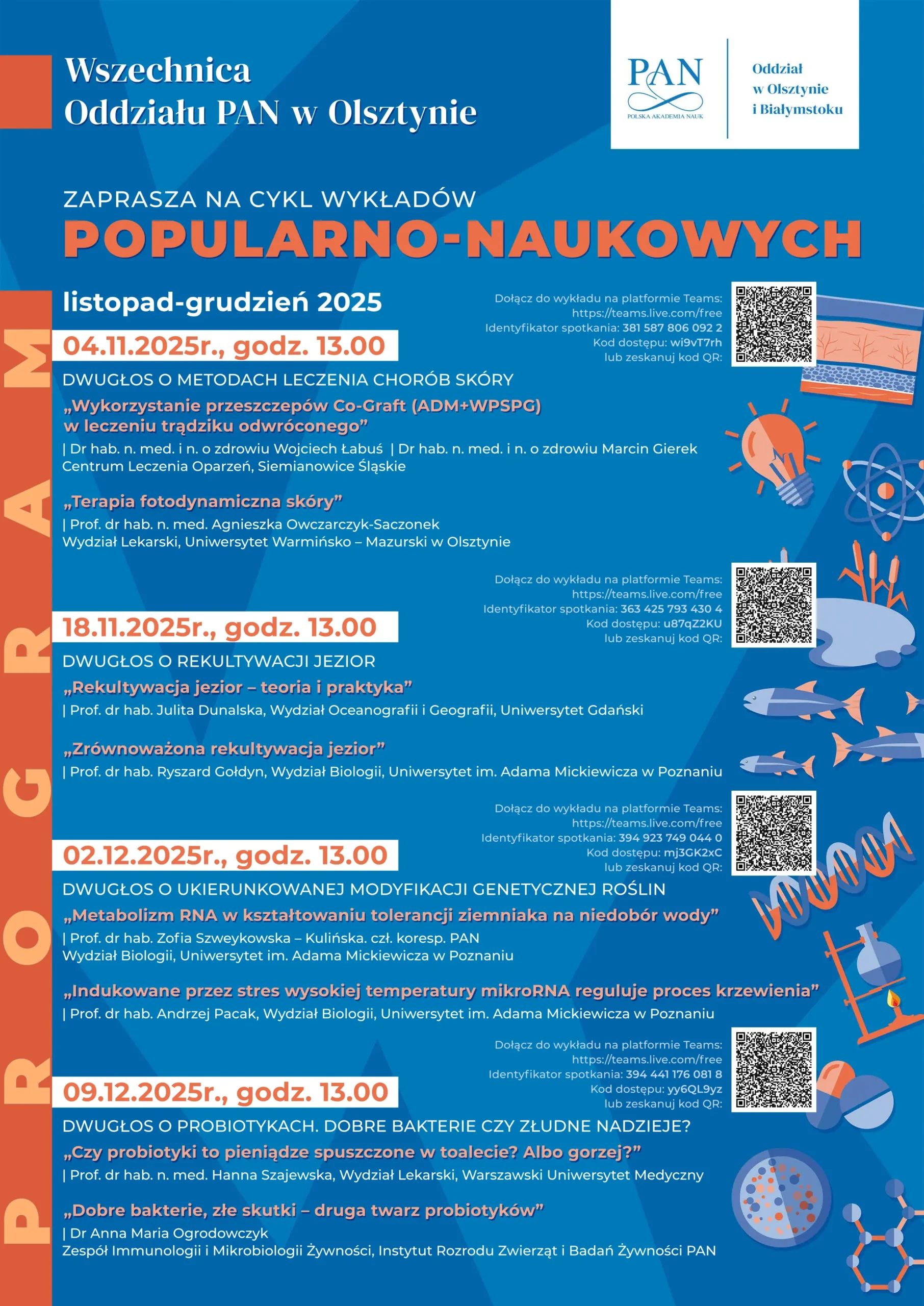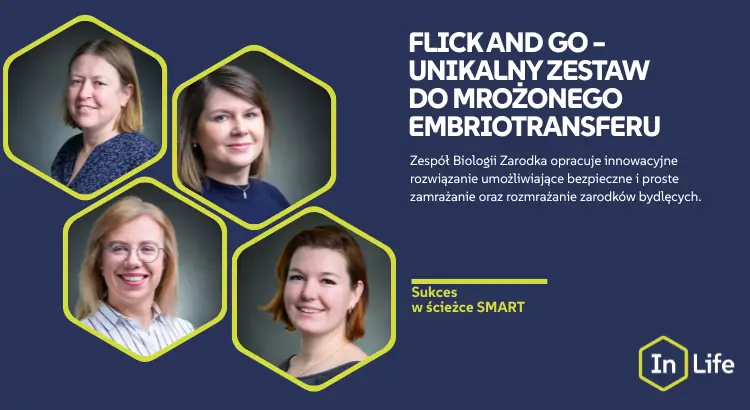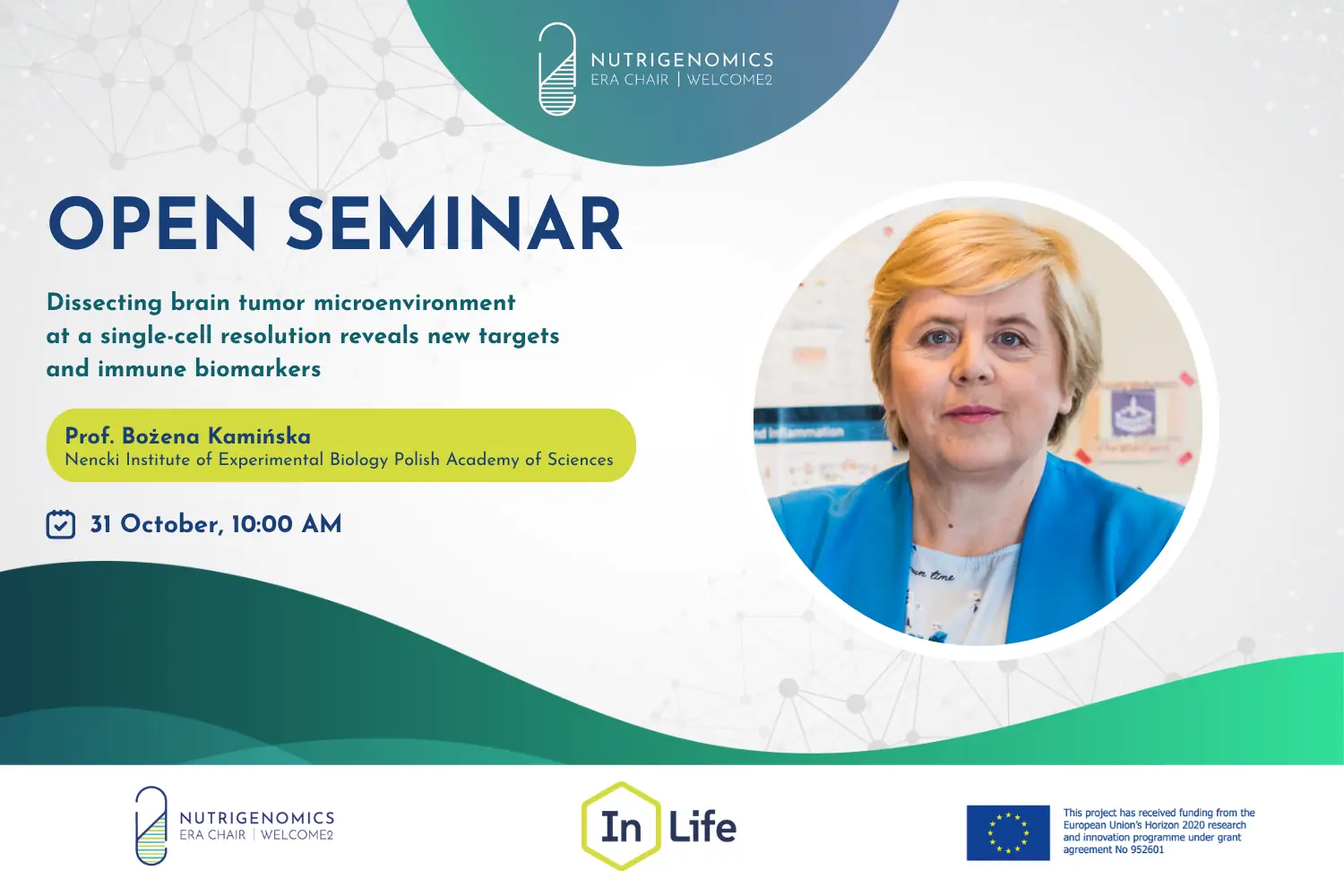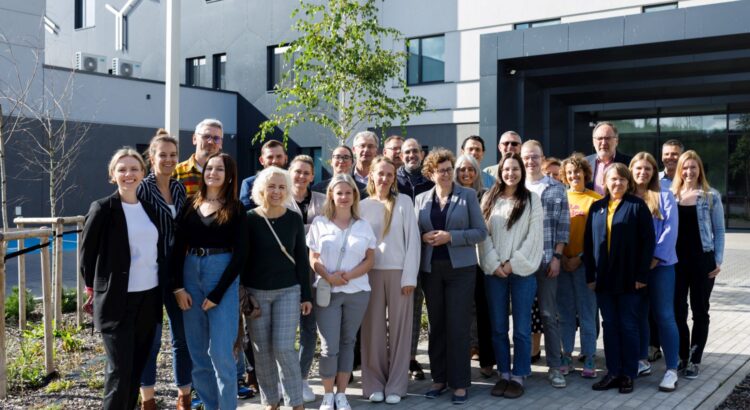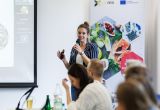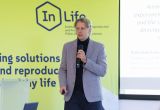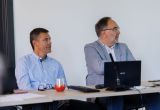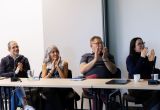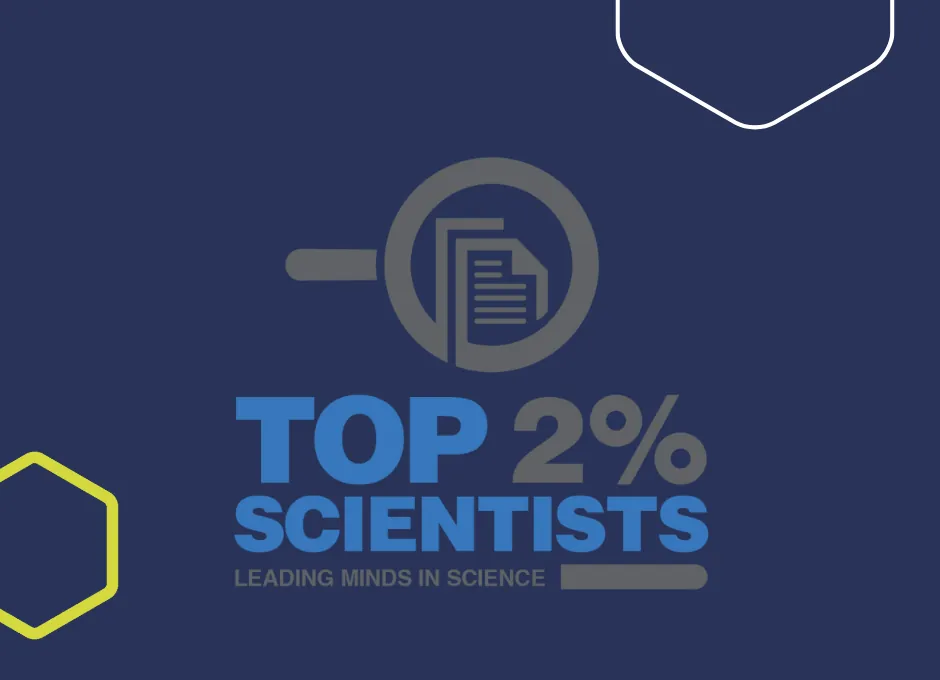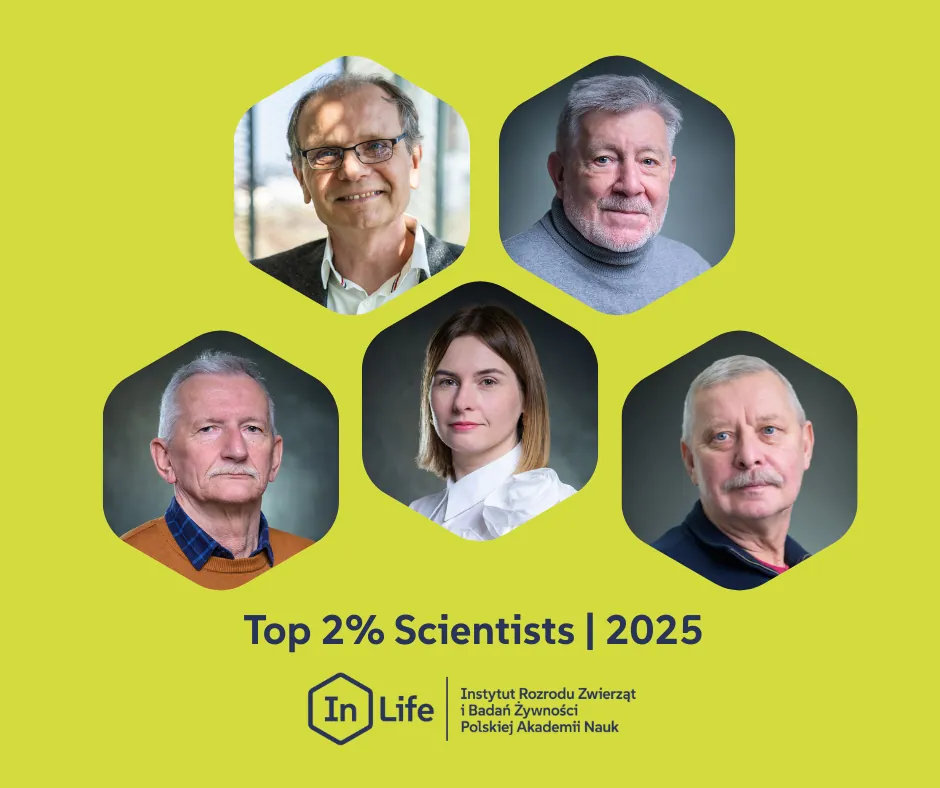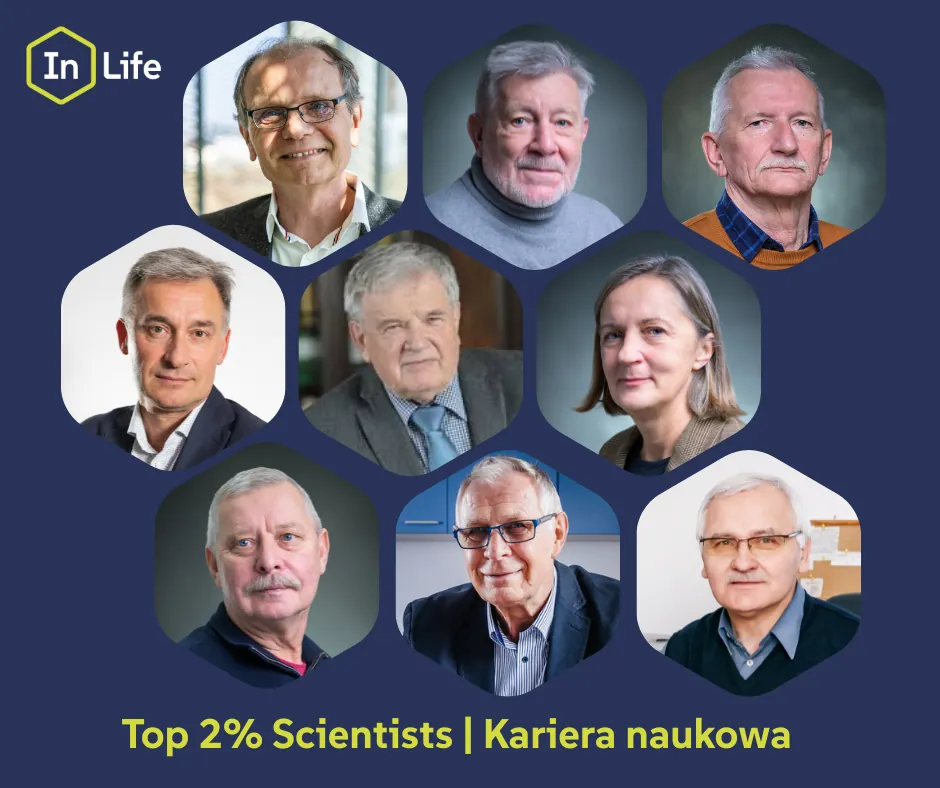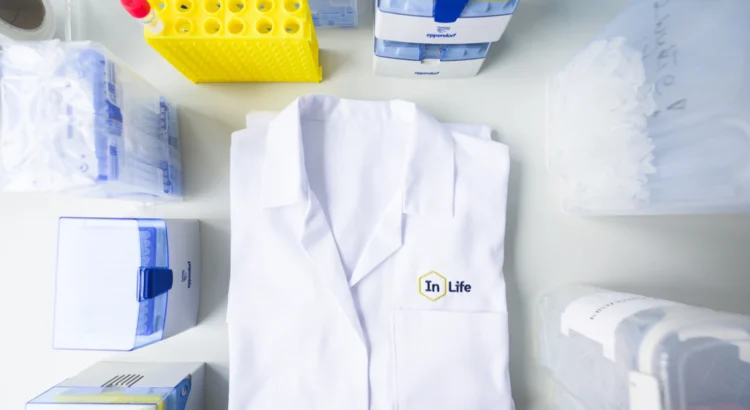The preservation of human fertility and the protection of animal biodiversity were the two main topics of the 61st meeting of the Society for Low Temperature Biology (SLTB) – an international scientific society that studies the effects of low temperatures on living organisms. For the first time in its history, the event was held in Poland, with scientists from our Institute acting as organizers.
The meeting brought together researchers from around the world who specialize in cell, tissue and organ cryopreservation, biobanking, fertility preservation, protection of endangered species, and food preservation.
It was a valuable opportunity to share knowledge, build international collaborations, and explore innovative solutions in preserving human and animal fertility. The conference also highlighted the global importance of cryobiology and the leading role of the InLife Institute in developing this field to serve science, medicine, industry, and environmental protection.
Founded in 1964 in the United Kingdom, SLTB promotes research on the effects of cryopreservation – a method of long-term storage of living cells, tissues, and even entire organisms at ultra-low temperatures, usually below –150°C.
The outcomes of this research are widely used in biology, medicine, biotechnology, and biodiversity conservation.
Protecting living organisms by freezing
The conference opened at the University of Warmia and Mazury (UWM) in Olsztyn with welcome addresses by Prof. Birgit Glasmacher, Chair of SLTB, and Dr. Taisiia Yurchuk, SLTB member, currently conducting research at our Institute.
On the first day, three major sessions were held, focusing on reproductive cryobiology, biobanking, and modern imaging, thawing, and whole-organ preservation techniques.
On the second day, the conference took place at the InLife Institute and was expanded with a session dedicated to the cryopreservation of aquatic organisms. This method involves freezing cells, tissues, and even entire embryos so that they can be safely stored for a long time, then thawed and reused – for example, in breeding, treatment, or the conservation of endangered species. A lecture on this topic was delivered by Dr. hab. Radosław Kowalski, professor at the institute. Meanwhile, Dr. Tomasz Jeliński spoke about the cryopreservation of plants, emphasizing the importance of this method for the food industry and sustainable development.
On the third day, the conference continued at the UWM. It began with a session on avian biodiversity conservation, including a keynote lecture by Dr. Mariola Słowińska. Dr. Ewa Sosin, Secretary of the European Federation of Animal Science (EAAP), presented on the preservation of animal genetic resources and building effective conservation systems.
Collaboration among European experts
A working meeting of the Board of the European Genebank Network (EUGENA) and the Working Group on ex situ Conservation of the European Regional Focal Point for Animal Genetic Resources (ERFP) also took place during the conference. These expert groups focus on preserving the genetic diversity of farm animals.
Members of both networks actively participated in the scientific sessions, presenting challenges and strategies for biodiversity protection, with particular emphasis on cryopreservation. They also visited the Institute’s Gene Bank, laboratories, Research Station in Popielno, and learned about the work of our Biodiversity Conservation Team.
Awards
As part of the SLTB tradition, a scientific poster competition for early-career researchers was held. Winners of the Audrey Smith Travel Awards were also announced.
A special distinction – the SLTB Award for Outstanding Contribution to Cryobiology and the Society’s Development – was presented to Dr. Pavel Meřička, responsible for the tissue bank at the University Hospital in Hradec Králové.
The program also included a photo competition titled “Low temperatures through the lens”. One of the awards went to Karolina Łukasik from our Institute.
Conference Organizers
On behalf of the InLife Institute, the conference was organized by the Team of Reproductive Pathology and Translational Medicine. The key coordinators of the 61st Annual SLTB Meeting were: Prof. dr hab Dariusz Skarżyński, Dr. Taisiia Yurchuk, Karolina Łukasik, Dr. Paweł Likszo, and Dr. hab. Beenu M. Jalali.
The next SLTB meeting will be held in 2026 in Czech Republic.
Follow the information on the SLTB page.
Read more


